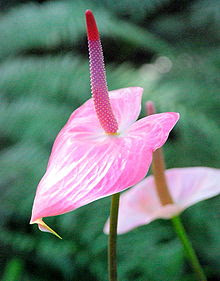 |
| Elephant for trekking |
Welcome with An elephant ride is an unforgettable memory of the local tour in order to visit waterfalls and lush forests. This kind of trekking creates employment for local people and supports a greener mode of transportation. This service is provided in several villages that are not far from the capital Sen Monorom.
An arrangement can be made with a number of downtown hotels, guesthouses and restaurants. They all have their own connections to local communities and also we have the house for home stay in the village to staying with Bunong people overnight. It is recommended to book your elephant trekking at least one day in advance as the elephant often grazes in the forest.
An arrangement can be made with a number of downtown hotels, guesthouses and restaurants. They all have their own connections to local communities and also we have the house for home stay in the village to staying with Bunong people overnight. It is recommended to book your elephant trekking at least one day in advance as the elephant often grazes in the forest.
Pu Tang Village
Pu Tang village is located in Sen Monorom district, 12km from the provincial capital. While trekking on the elephant, visitor will gain amazing views of the forest, surrounding mountains and plantations and especially we can do elephant trekking, trekking by on foot for per day or overnight in the jungle. More information please contacts me by phone or email:
Pu Tang village is located in Sen Monorom district, 12km from the provincial capital. While trekking on the elephant, visitor will gain amazing views of the forest, surrounding mountains and plantations and especially we can do elephant trekking, trekking by on foot for per day or overnight in the jungle. More information please contacts me by phone or email:
Price:
-elephant trekking 25$ per day a person
-trekking by on foot 20$ per day a person,
-Motorbike travelling 20$ per day a person.
Email: tuonvanny@gmail.com
Welcome to Vanny’s guide



































 Classificaion of
Classificaion of 









